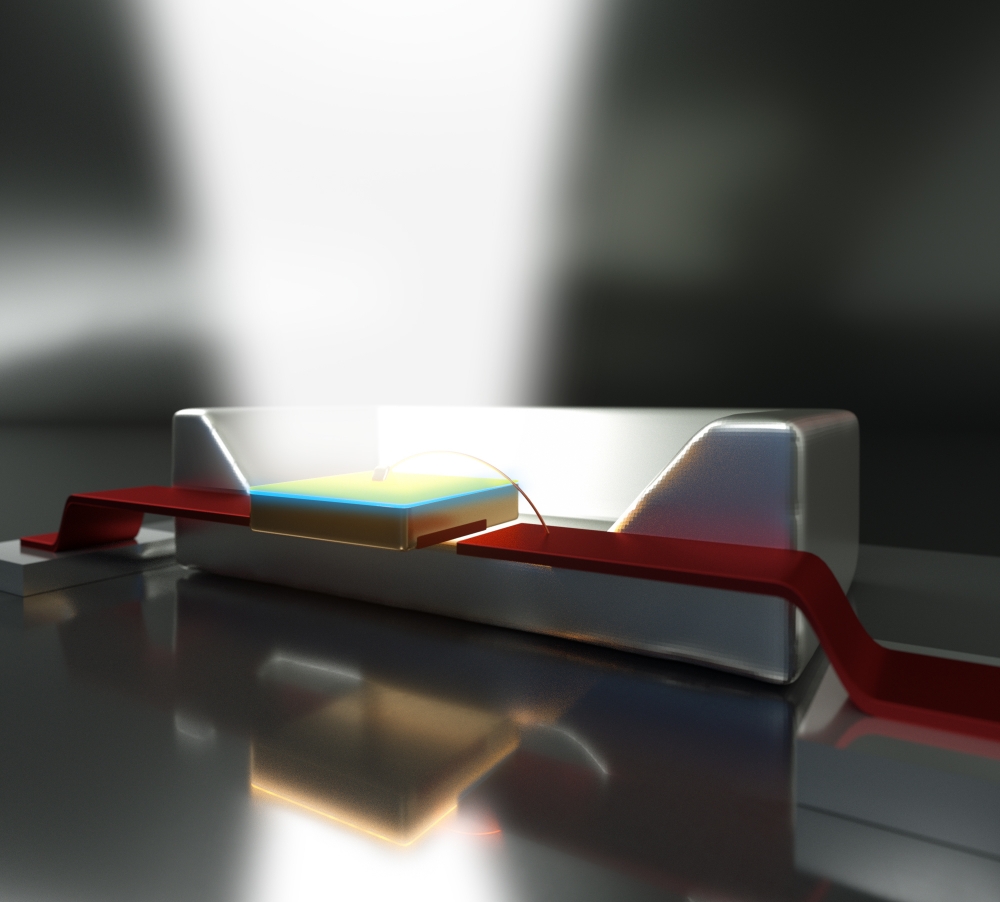University of California: Optimizing the phosphors use in LED Technology
New possibilities in lighting emerged thanks to work of UC Santa Barbara researchers. They determined simple guidelines on phosphorus optimization, which could lead to its better usage in white LED lighting.
It has been few years the LED lights potential was revealed: less energy required, less heat emitted, last longer and are much more environmental friendly than traditional lighting systems. Besides being widely used for lighting, they are generously employed in many devices such as televisions and other screen types.
Solid-State Elements in LED Technology
What is the point of solid state-lighting technology? Basically, phosphors are applied to the LED chip, so that the photons from blue gallium nitride LED pass through the phosphor. This way, the blue light is converted into the green-yellow-orange range of light. This range, if combined evenly with the blue light, turns into white light. With reflective pigments, mixing blue and yellow yields green light; however, with emissive light, mixing such complementary colours yields white.
Until recently, it was not very clear what make some phosphors efficient and others not. Preparation of phosphors materials was based on finding a structure, which would act as a host to activator ions, which could convert blue light to lower-energy yellow/orange light.
As LEDs become brighter, for example in vehicle front lights, they also use to get warmer. Of course, this impacts phosphor properties adversely.
According to Jakoah Brgoch, postdoctoral associate researcher, only few phosphors materials keep the same efficiency level when warmed. It is not very clear how to choose the right host structure for given activator ion in a way the phosphors is efficient and it maintains the efficiency level at elevated temperatures.
However, by calculations based on density functional theory the researchers have determined that the rigidity of the crystalline host structure is a key factor in the efficiency level of phosphors – phosphors maintains a highly rigid structure better. Moreover, indicators of structural rigidity can be determined by the density functional theory, so the materials are screened before they are prepared and tested. This is a real breakthrough that speeds up the efforts for high-efficiency, high-brightness, solid-state lighting. Incandescent and fluorescent bulbs with low efficiency levels could become antiquated fixtures of the past.
This video explains how does the technology work.
Highly Effective Technology
The scientists would like to achieve 90 per cent efficiency or 300 lumens per watt. Currently used incandescent light bulbs, by comparison, are at about 5 per cent efficiency, and fluorescent lamps at about 20 per cent. Lab demos have already demonstrated up to 60 per cent efficiency, so the researchers are definitely in a fair way to achieve their goals.
SOURCE:
- http://www.news.ucsb.edu/2013/013676/building-better-led
- University of California, Santa Barbara: Breakthrough Research Could Lead to Brighter, More Efficient Solid-State Lighting published in Lighting Technology, Winter 2014

